Remember the repeated bounce of a rubber basketball, or the endless circling of yellow tether balls around steel poles, or that repetitive click as the jump rope smacks and drags across the concrete. These are the sweet sounds of recess.
But what exactly would a return to recess look like for middle schoolers? Hop scotch and ball walls are kind of a thing of the past in our world of Taylor Swift and Travis Kelce romance. According to the Pupil Rights: Recess Bill, recess is “a period of time during the school day, separate and distinct from physical education courses and meal times.”
“For me, recess is [an] unstructured, non-academic time meant for kids to decompress and rest their minds,” said Etiwanda’s superintendent Charlayne Sprague.
California Senate Bill 291 became law at the end of 2023, though it will not go into effect until the 2024-2025 school year. This will allow districts and schools to adapt to a modified change of schedule. The law states that a regular K-8 school day will include an additional 30-minute recess. Minimum days would also have a 15-minute recess.
The Howl reached out to a member of California’s Senate Education Committee, Senator Rosilicie Ochoa Bogh, who signed the bill into law.
“This particular bill says that you have to have at least a 30-minute break. It’s important to have a break in between learning segments to give your body the ability to release energy, stress, [and] tension. Then you [are able to] come back and refocus,” said Senator Ochoa Bogh.
Thirty-nine of 40 state senators across political aisles approved the bill. The response was similar in the state assembly, where 79 of 80 assemblymen voted the bill into law.
Students on campus were thrilled about a new recess period.
“I think having more recess would be fun because you get to meet your friends and play with them. That would benefit students way more. It would have a positive impact on them. Their friends could help them relieve stress. [If I’m] having a bad day, meeting friends, playing basketball with them, having fun. It could help,” said 7th grader, Varun V.
Adding additional time within the school day will require scheduling changes, and tough decisions are coming for districts across our state. One challenge comes within the law itself, as lunch detentions can’t be assigned for student misbehavior. This doesn’t mean there won’t be any discipline, only that students won’t lose their recess as a consequence.
“This [bill] allows for our schools to educate our teachers on how to move forward without removing recess. But most importantly, we’re having conversations as to what other alternatives we can utilize to bring that discipline into our classrooms,” said Senator Ochoa Bogh.
Like all legislation, there are anticipated benefits to the new law. Students will enjoy the opportunity to socialize with friends or burn off some anxiety. Teachers will have additional time to plan or take a breath between classes.
“[Students] are so busy with stuff during the school day, [such as] getting work done. They just want to have time to relax and hang out with people their age and not have to worry about the stresses of academics,” said Day Creek’s principal, Nick Zajicek.
There are some drawbacks too. Recess risks an increase of trash around campus, student misbehavior, and the potential for a longer school day. Is it worth it?
“The cons [applying to] recess time would be the challenge of fitting it into a day and taking away from structural time or trying to extend a day,” said Superintendent Sprague.
Timing will be tricky. Can a new recess be integrated into the current lunch period? Or does the break have to be scheduled as its own block of time?
“You [could] stagger them about half an hour to give room for kids to eat and then go play and then give [the] other kids the ability to come in and sit down. So, giving [students] about 20 to 30-minutes in between three different cohorts which is 6th grade, 7th grade, and 8th grade, will hopefully best assimilates the space in the lunchroom. But as far as the time, I would probably increase [the day] by 15-minutes,” said Senator Ochoa Bogh.
Either way, students will reap the social and emotional benefits of a return to recess. And 6th graders may still enjoy a good game of tag on the hard courts.
“[This] policy helps our children thrive physically, emotionally, intellectually, and even spiritually. I think this particular bill falls within that scope of importance for our children’s overall well-being,” said Senator Ochoa Bogh.




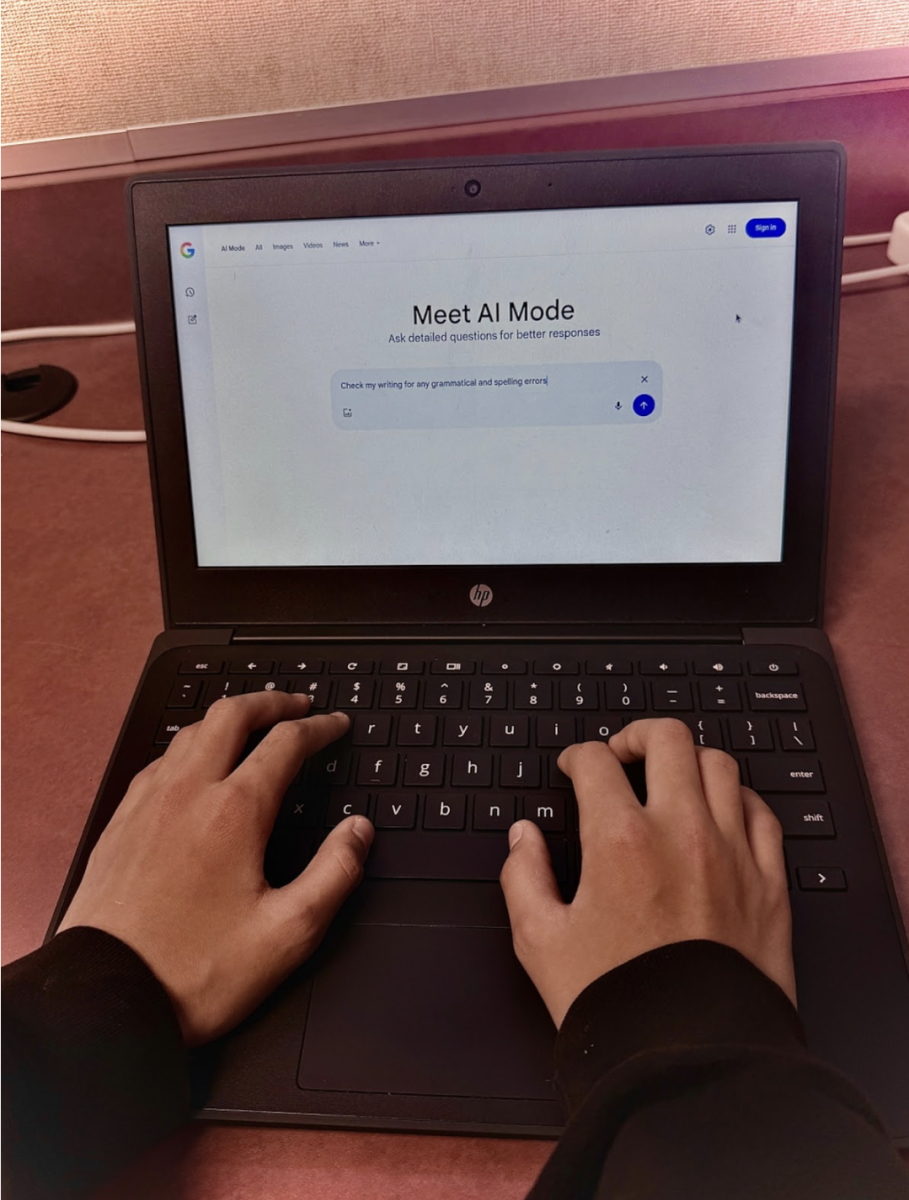
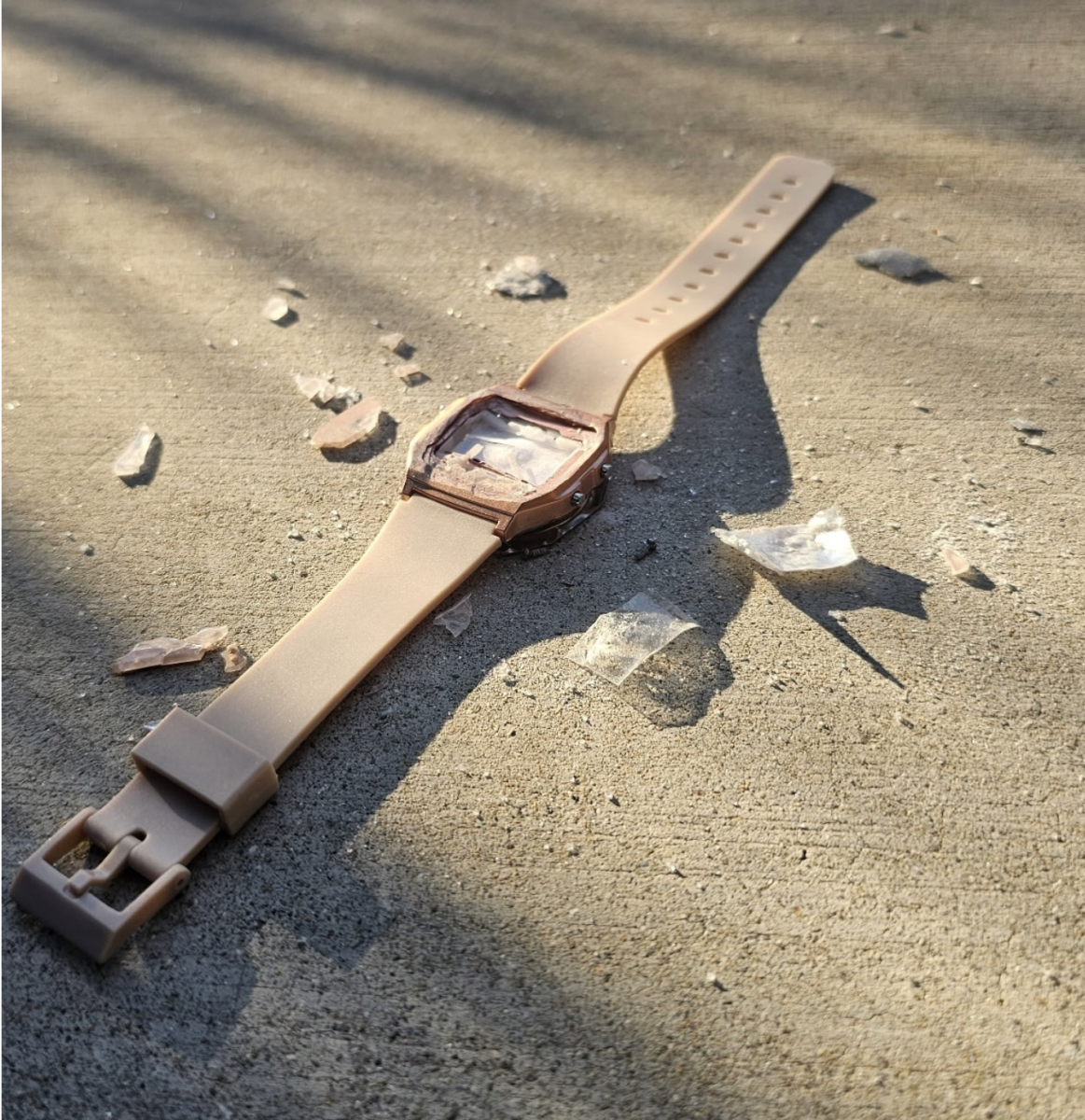
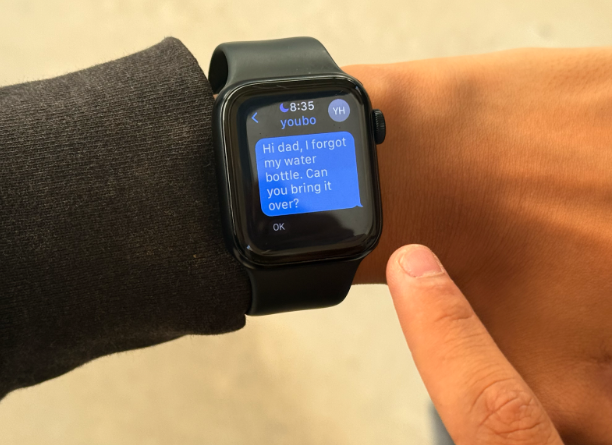
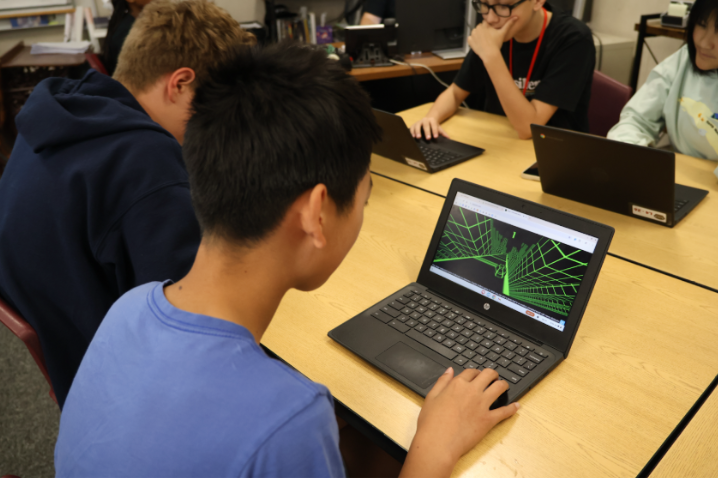


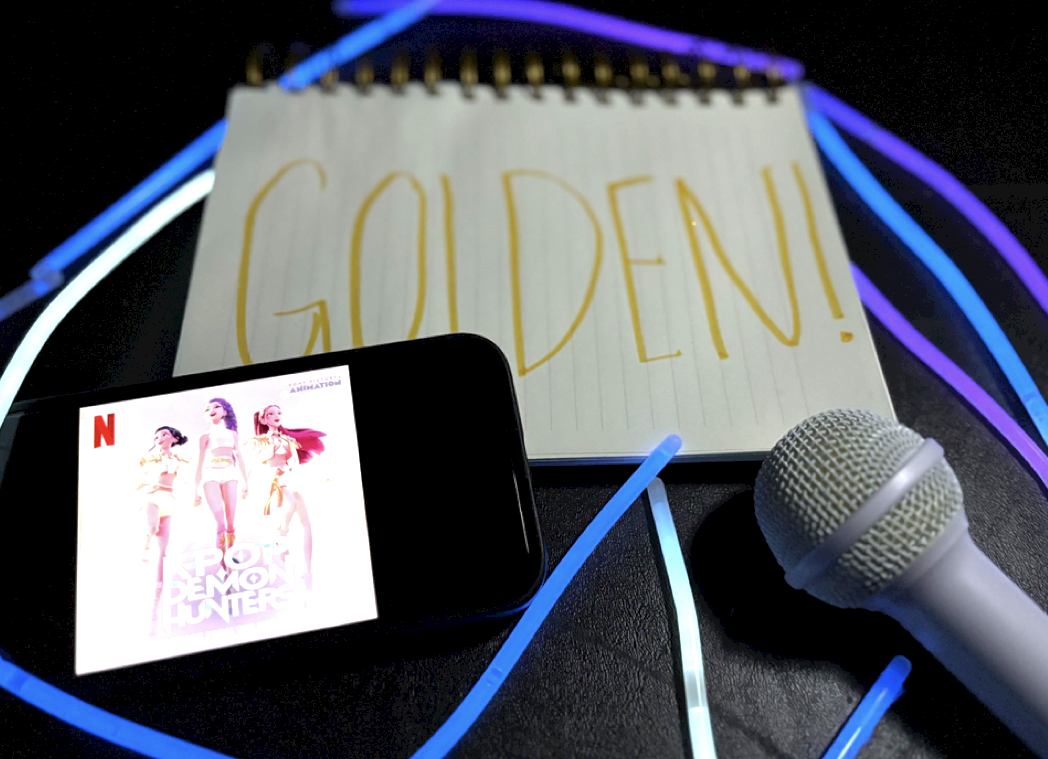

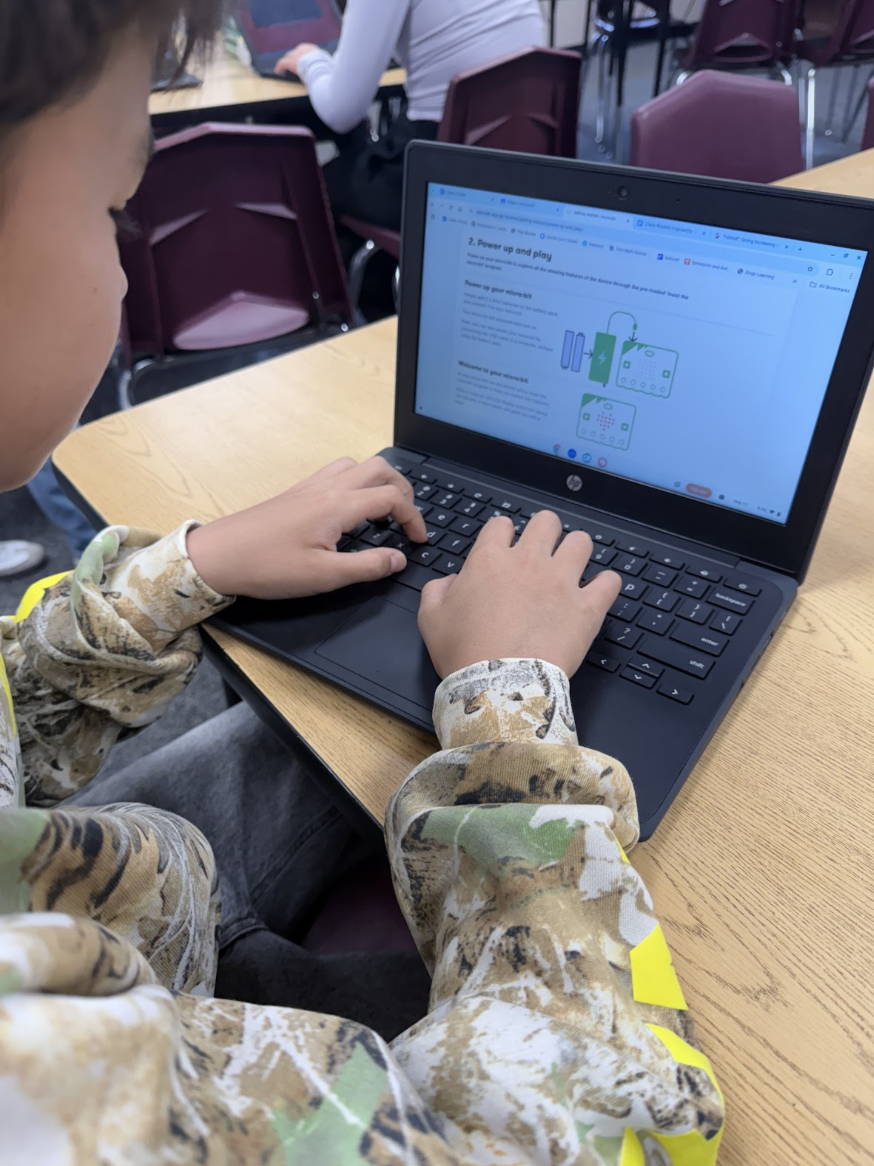
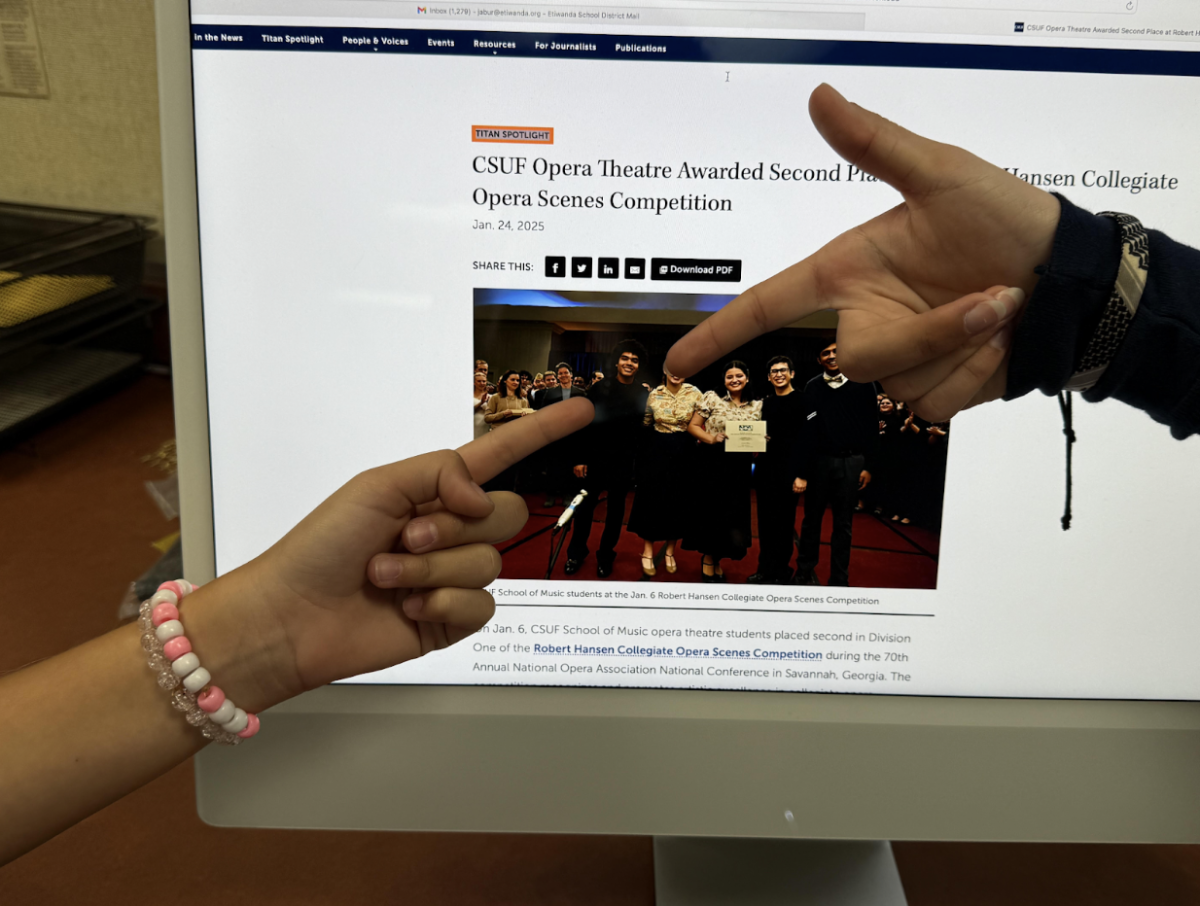



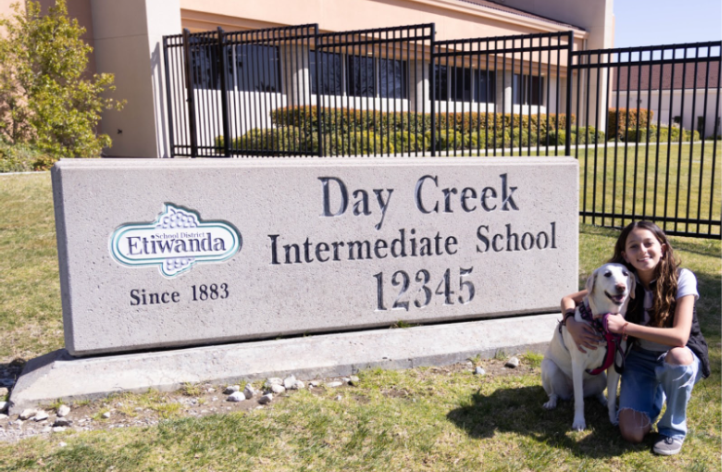




MARYT C GAULDEN • Dec 10, 2024 at 11:21 pm
Good evening , I would like to know if my son’s school, butterfield ranch elementary in chino hills, California is doing the correct disciplinary measurements for my son by limiting the play time area for my son during recess and lunch time by only allowing him to play in a small square. ( 8ft by 15ft) My Son is 6 years old /3 months and has ADHD and ODD . l strongly disagree that the school is limiting my son in recess and breaks when it is the time that he can release his stress and energy and the school has refused to do different disciplinary actions for him. When he misbehaves at school, they limit him his playtime into an small area so he has to be in a square for the 3 breaks incluiding lunch for the the following day. My son gets so stressed that he hurts himself (scratching himself until he bleeds during class time because he didn’t have the oportunity to release his energy at recess). But the school refuses to supervise him more or change their rules because they said that is the way that they punish all the students when they break the school policy. Could you please let me know if there are any regulations against this? Or who else can l talk to since my son only has 504 accomodations but not an lEP because his behaviors are not affecting his academic achievements, and the school recently denied
him for and IEP. . Thank you!!!